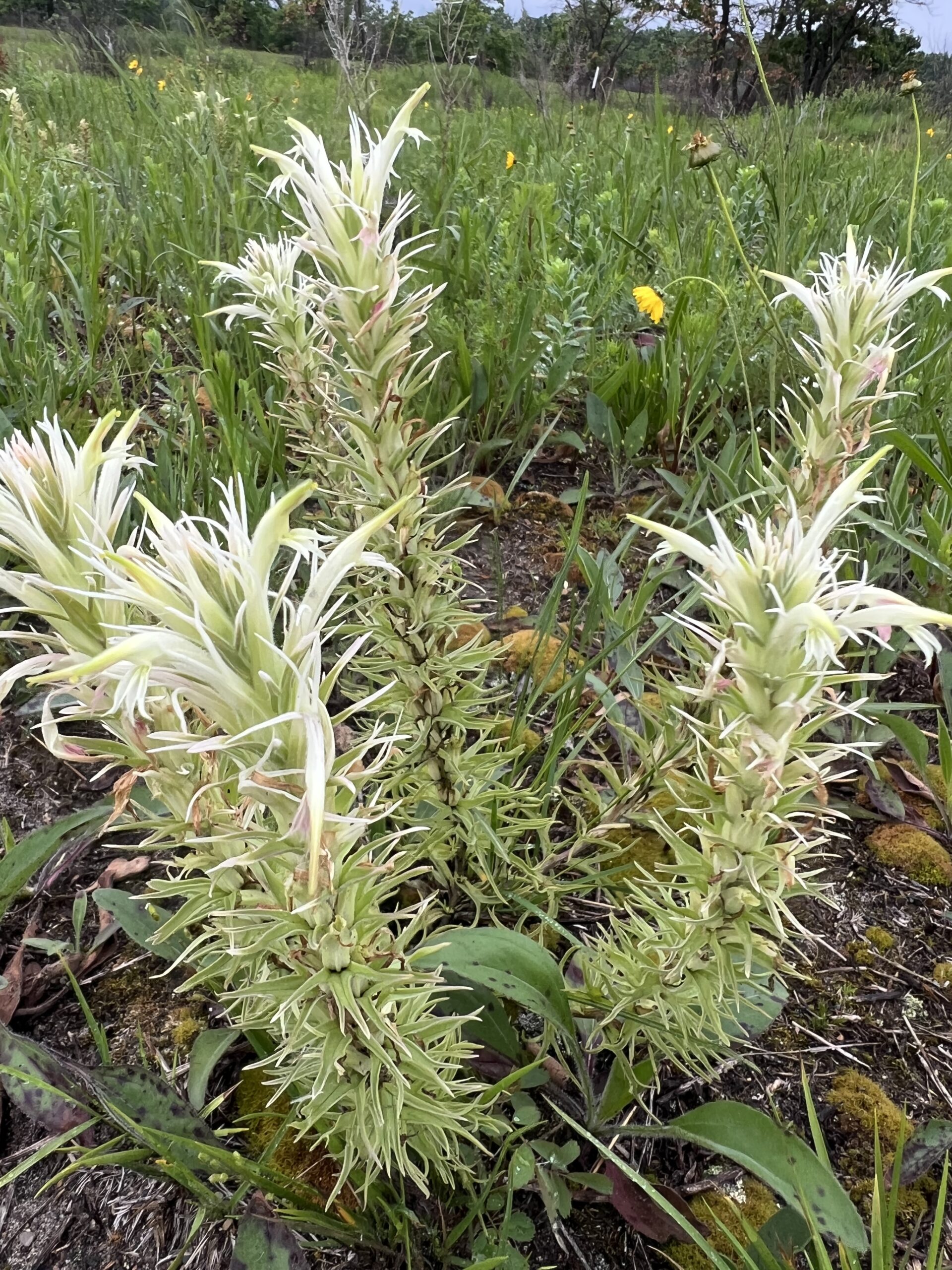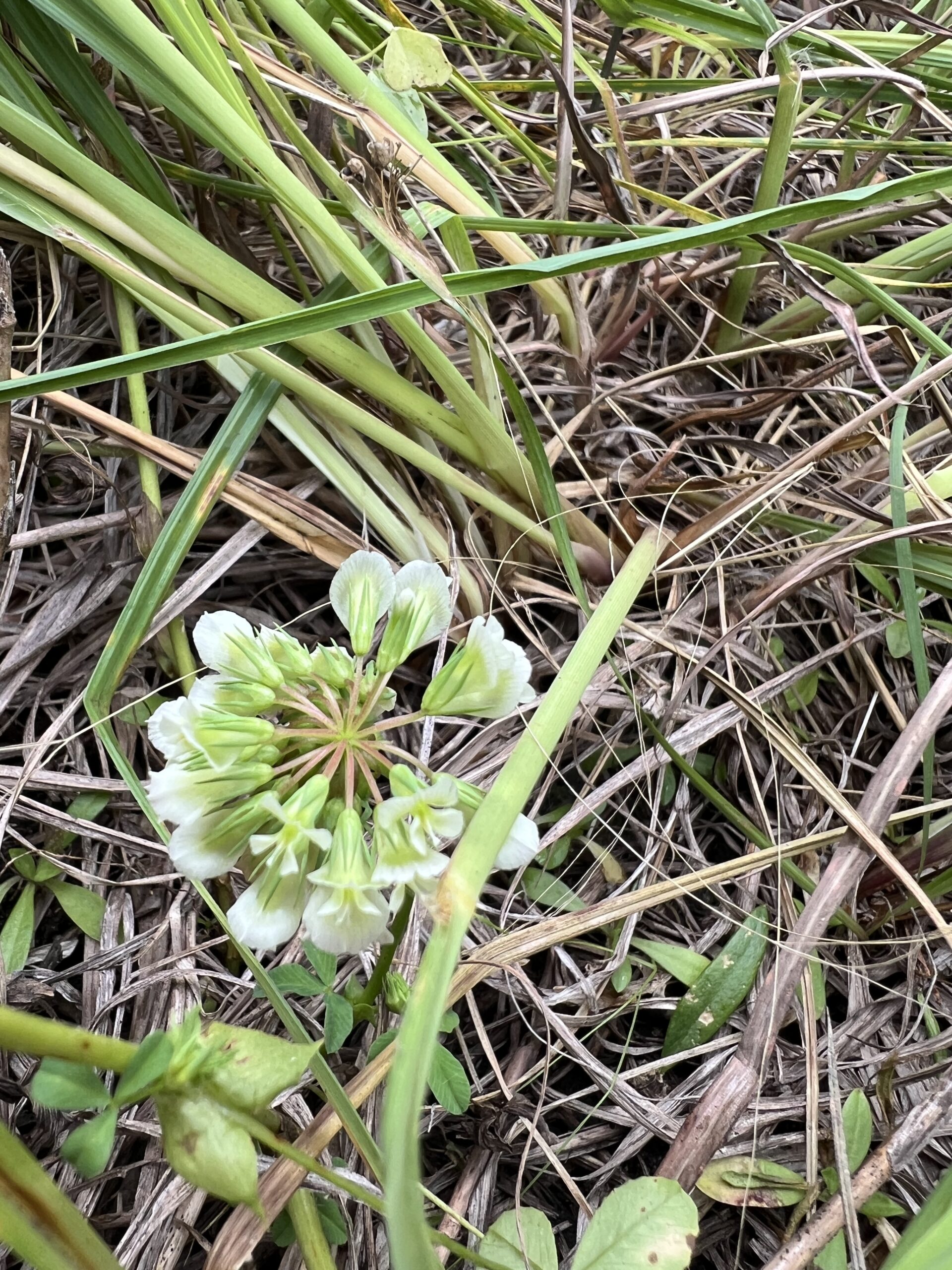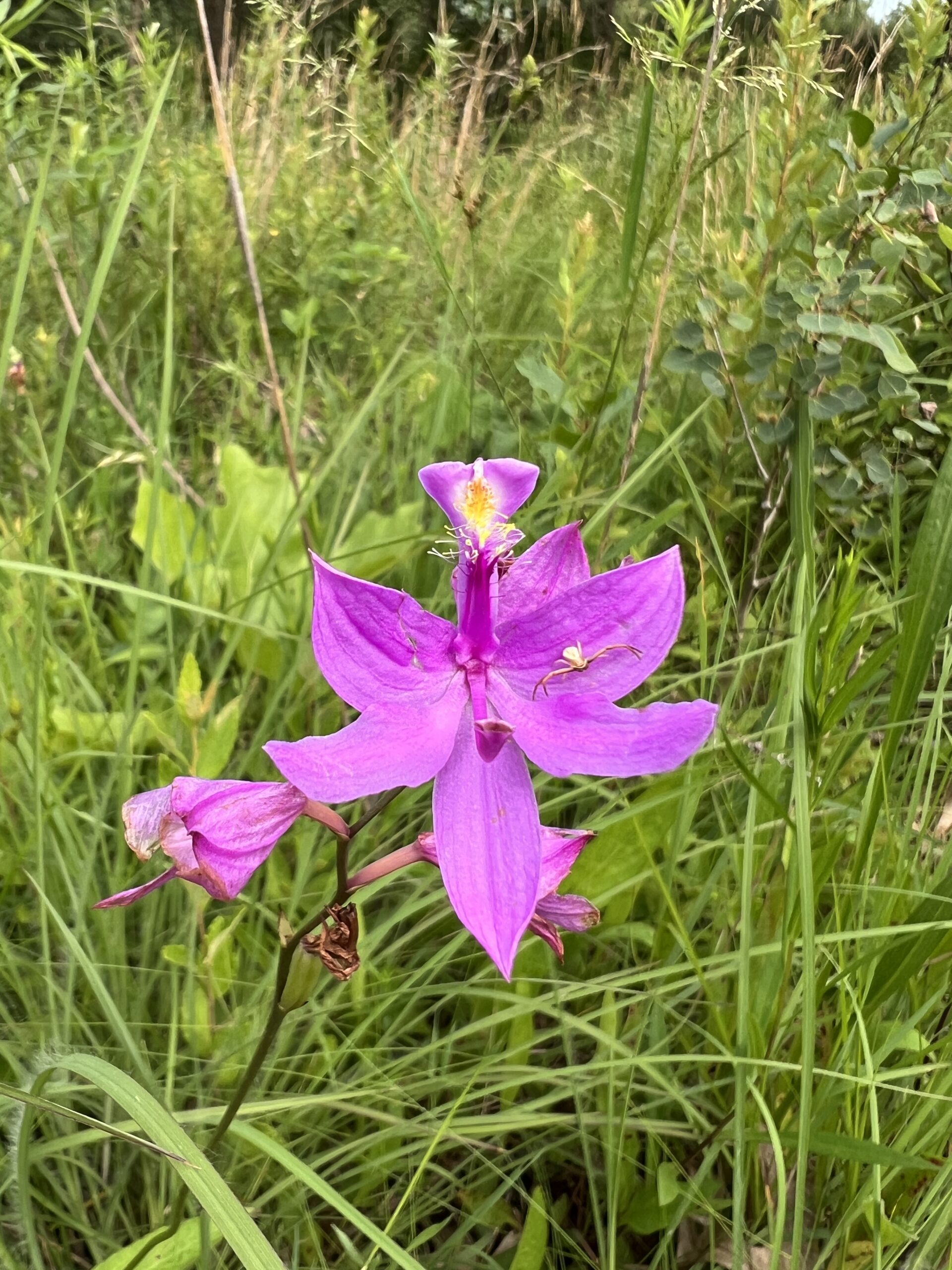The landscape of the Chicago region has gone through extensive changes since the last glaciation. If the land was not covered in glaciers it was tundra. Over the course of millennia the climate got wetter and warmer creating a taiga filled with boreal flora and fauna. Then getting drier and warmer it slowly morphed into prairie. The recession of the glaciers created almost all of the notable geographic features around Chicago, moraines, drumlins, and eskers. The Great Lakes and glacial outwash make up significant habitats such as the lakeshore, dolomite prairies, and the sand along the Kankakee River. Each has their own slough of life that highlights the geological significance.



During the past 2 centuries European settlers have created the most significant changes in the landscape. Farmers quickly transformed vast amounts of prairie in to pastures and buried just as much with the plow. Today only 6,100 acres out of the 21 million that were originally here remain. Some of these remnants are still under threat from human development. Recently a gravel prairie remnant, Bell Bowl prairie, was destroyed by the Rockford airport for a parking lot. Many of these remnants are fragmented from each other only surviving along edges such as railroads, power line easements, and fence rows. The disjunction creates islands of habitat that many valuable species cannot survive in. Mead’s milkweed and Hill’s thistle have almost completely vanished from our region due to their need of genetic diversity to reproduce. Much of the fauna has disappeared due to human development. The Eastern Meadowlark has faced significant decline due to habitat loss. The Meadowlark needs the grasslands here, whether it’s prairie or pasture, it just has to be large enough to. The reintroduction of bison back to Illinois is one of the most significant events for restoration as they readily capture the attention and imagination of those ignorant to what Illinois is. An interesting plant we monitored while at Midewin was Buffalo Clover. The clover survives primarily along the trails of Bison because the trampling scarifies the seeds allowing them to germinate. However, the only grazers the clovers see are deer so the only way the population is surviving is human management with fire. While humans have destroyed and disturbed all but a sliver of our natural areas, we are the only way that our ecosystems can change and continue to survive.
